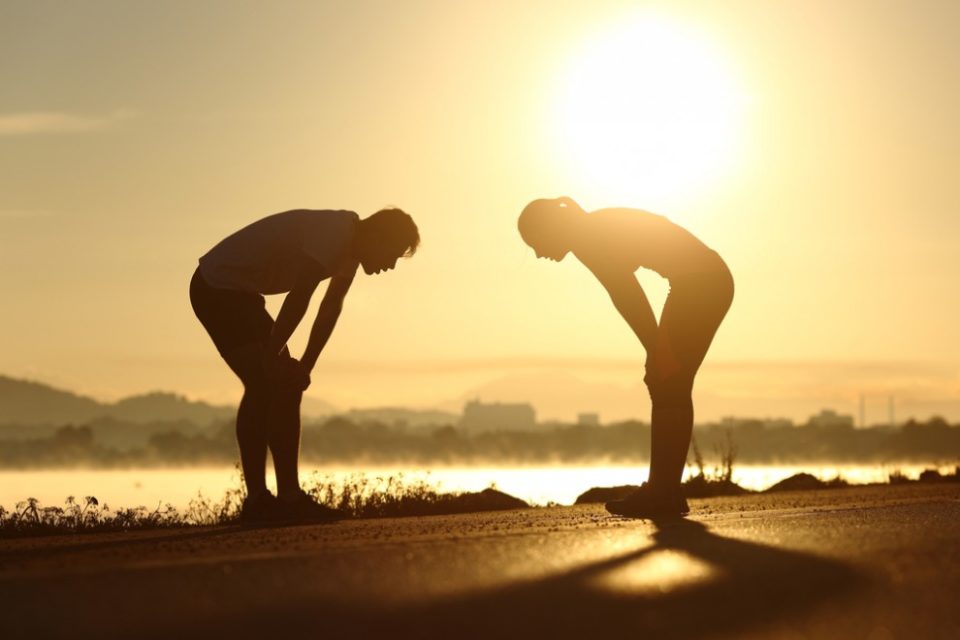The signs and symptoms of heat stroke
Heat exhaustion is a real concern over the summer, so it’s important to know how to spot the symptoms and promote recovery
 Photo by:
Getty Images
Photo by:
Getty Images
As summer heats up, so do the runners and triathletes who train through the warmest months of the year. While summer is a great time to put in good training, it can also be dangerous for triathletes who work out in the heat of the day. If you’re a triathlete, it’s important to know the signs and symptoms of heat stroke so you can avoid falling victim to the hot weather.
Adrian Cheong is a former ER doctor who lives in Texas, so he knows all about heat exposure. He says heat injury exists on a continuum, and heat stroke is on the extreme end. “Heat stroke is actually quite rare. You start with mild heat exposure and can end up at heat stroke in the most severe cases.” What most runners and triathletes likely experience is heat exhaustion.
Signs of heat exhaustion
Cheong explains that if you mental status isn’t altered (i.e. you can answer basic questions), you’re probably experiencing heat exhaustion. Most cases can be treated at home with cooling strategies and rehydration.
The signs of heat exhaustion are: muscle cramping, abdominal cramps, nausea and vomiting. “With any activity, muscles themselves are generating heat on top of the heat in the atmosphere. That’s why sweating is important, as is wearing loose and minimal clothing [if possible]. Surface areas covered in clothes make it harder for sweat to evaporate.”
Signs of heat stroke
Cheong explains that heat stroke is more dangerous and needs to be treated by medical professionals. Signs of heat stroke are: losing consciousness, altered mental state (unable to answer basic questions), dry skin, low blood pressure and at its worst, seizures. If you think someone’s experiencing these symptoms, they need to be taken to a hospital.
Related: How humidity affects your run

How to cope with heat exhaustion
First, runners and triathletes should plan to train in the early morning or midday. Second, monitoring hydration is crucial. Athletes need to be checking the colour of their urine. If they’re hardly peeing, or their urine is bright yellow, they need to be drinking more. Proper hydration will help keep heat exhaustion at bay.
If you think you’ve run into trouble, the first order of business is to cool down. Cheong recommends that athletes remove all clothing (if possible) , put ice packs under their knees and armpits and drink an electrolyte beverage (which contains some salt and sugar). Misting is also good for promoting cooling.
